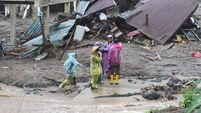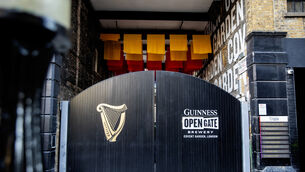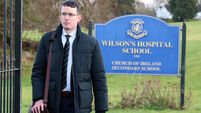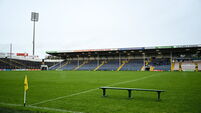Houses ‘to become more affordable’
The bank’s quarterly economic outlook, which was published yesterday, said house prices could rise by less than 5% this year and just 3% in 2006. This puts house price inflation on a collision course with the Consumer Price Index (CPI), which will rise by more than 2% this year and almost 3% next year.
The cost of housing will fall in real terms if the CPI exceeds the rate of house price inflation. AIB chief economist John Beggs ruled out the prospect of a price crash but said the rate of real house price growth could fall to zero within 12 to 18 months. Mr Beggs added this was to be expected after the laws of supply and demand finally caught up with the property market.
















